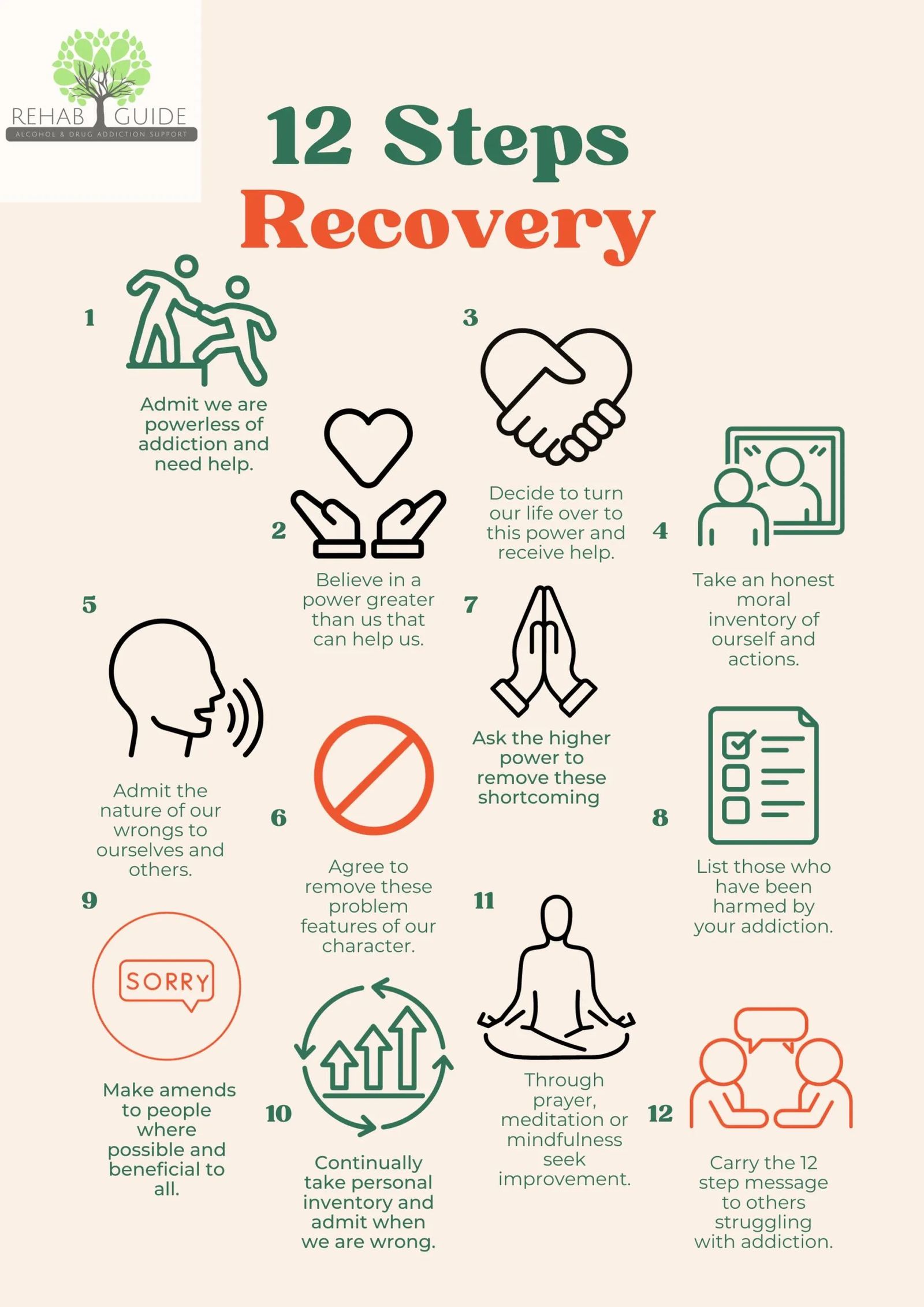Coming Out of Hiding: 12 Steps to Heal our Toxic Shame
Teen Moms Anonymous/ Published June 2, 2025
The journey of healing from toxic shame is both simple and difficult. As Dr. Chris explains in the final installment of our "Healing the Shame that Binds You" series, toxic shame isn't just an emotion—it's an internalized state.
For teen mothers and those who became mothers in their teens, particularly survivors of violence and abuse, this internalized state of toxic shame can become the core of our identity, convincing us we are flawed and unworthy of love and connection.
Toxic shame destroys from within. It drives us into hiding, covering up our perceived inadequacies through various mechanisms like addiction, perfectionism, people-pleasing, or rage.
As John Bradshaw eloquently articulated in his groundbreaking work, Healing the Shame that Binds You, toxic shame becomes both the fuel and core of addictive/compulsive behaviors. The cycle perpetuates itself—our addictions or compulsive behaviors temporarily mask our shame while simultaneously fueling it.
Coming out of hiding is the essential first step in healing this internalized shame. Dr. Chris outlines three interconnected methods for bringing shame out of hiding:
- Social contact through honestly sharing feelings with significant others;
- Seeing ourselves mirrored in the eyes of non-shaming people who become our new family of affiliation; and
- Working a 12-step program.
These methods are not separate paths but rather complementary approaches that work in harmony to facilitate healing.
Referencing the Fall in Genesis (and Adam and Eve's toxic shame), Dr. Chris explains that 4 relationships were broken by Adam's toxic shame:
- The relationship with God.
- The relationship with self.
- The relationship with brother and neighbor (Cain kills Abel).
- The relationship with the world (nature).
The 12 steps restore these broken relationships.

Beginning with the profound admission of powerlessness over our addictions, hurts, hang-ups, habits or whatever has us bound, the steps guide us through a process of inventory, confession, amends, and spiritual awakening. They offer a roadmap for those who feel lost in the wilderness of their shame.
What makes 12-step programs particularly effective for healing toxic shame is the environment they create. In these spaces, everyone has experienced the agony of toxic shame, creating a unique sanctuary where judgment is replaced with understanding.
These groups become sacred ground where we can finally remove our masks and be seen for who we truly are—not perfect, but perfectly human. The mirroring we receive in these groups counteracts the distorted self-perception created by our toxic shame.
The journey isn't quick or easy. When Dr. Chris completed the 12 steps in Celebrate Recovery, the program lasted eight months of weekly meetings. Healing takes time, commitment, and courage. It requires vulnerability—precisely what our toxic shame has taught us to avoid. Yet the alternative is to remain imprisoned by our shame, allowing it to dictate our choices, relationships, and self-worth.
For teen mothers and those who became mothers in their teens, especially survivors of trauma, healing toxic shame is not just personal work—it's intergenerational. By addressing and healing our own toxic shame, we become better equipped to nurture the emotional development of our children, breaking cycles of shame that might otherwise continue for generations.
The support groups offered by Teen Moms Anonymous create a non-judgmental space where this healing can begin, where teen mothers can come out of hiding and expose the toxic shame that has kept them bound.
Episode 7: Coming Out of Hiding: 12 Steps to Heal Our Toxic Shame
